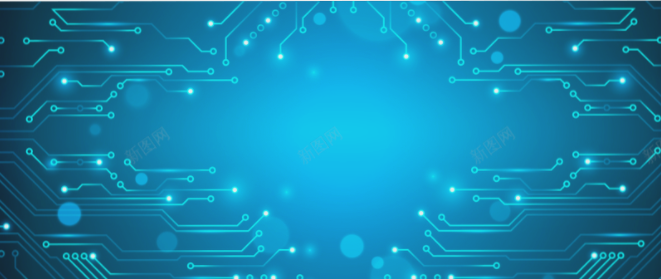The Process of FPC Photocoating Layer
The process of the FPC photocoating layer is similar to the photoresist film used in rigid printed boards. The materials used can be dry film type or liquid ink type. However, solder mask dry film is distinct from liquid ink. While the coating process for dry film and liquid ink types differs, the same equipment can generally be used for exposure and subsequent processes with some adjustments. Specific process conditions will vary.
Dry Film Application
- Dry film must be applied first, covering all circuit diagrams.
- Use a vacuum filming machine to prevent air bubbles between lines.
Ink Type Coating
- Coat the circuit pattern using screen printing or spraying methods.
- Screen printing is a common method, similar to rigid printed board processes.
- If the ink coating is too thin or uneven, a second printing may be necessary for reliability.
- Spraying offers adjustable thickness and uniform coating, suitable for mass production.
Materials and Process for Ink Type
- Epoxy resin and polyimide are common ink types for screen printing.
- Mix with curing agent before use and adjust viscosity with solvents.
- Drying is necessary after printing.
- Cure on both sides for proper curing of double-sided circuits.
Pattern Exposure and Development
Positioning precision is crucial during pattern exposure. Achieving accuracy depends on mechanical capabilities, but flexibility in printed boards may pose challenges. Develop patterns carefully with attention to developing conditions.
Development and Curing
- Use sodium carbonate aqueous solutions as developers.
- Avoid using the same developer for pattern development, especially in small batch production.
- Post-curing is essential to fully cure the developed photocoating layer resin.
- Curing temperatures and times vary depending on the resin type, typically 20-30 minutes in a curing oven.



